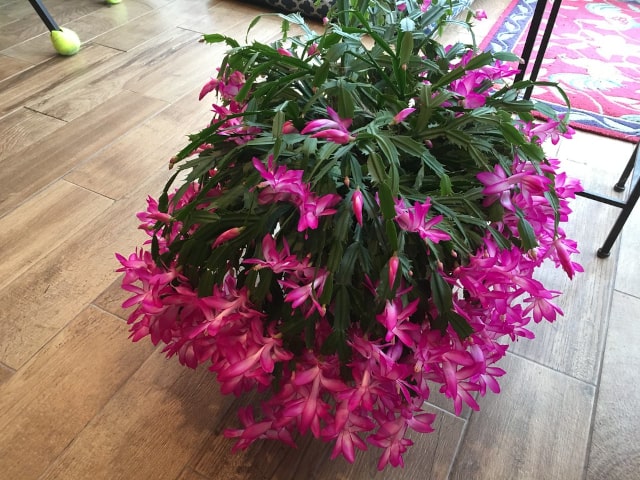
The Christmas cactus (botanical name Schlumbergera bridgesi, formerly Zyyocactus truncatus) is known for its beauty. Originally from tropical Brazil, this plant produces lovely pink flowers. Many people wish to grow it in their homes. However, this plant is often considered to be difficult to grow.
There are many questions inexperienced owners ask about how to care for a Christmas cactus and how to make it bloom.
Some of the most common questions and problems include:
- How to make your Christmas cactus bloom?
- Why did it flower last year but not now?
- How much watering is needed?
- What to do when it starts rotting at the base?
These questions and many others are very common. It's undeniable that the Christmas cactus can be confusing that even botanists don't always agree on the best growing method for this plant.
Basic Facts About Christmas Cactus
- Botanical name: Schlumbergera bridgesi (formerly Zyyocactus truncatus).
- Place of origin: Tropical Brazil
- Life span: Measured in decades. It's not unusual for a Christmas cactus to live for 20, 30 or more years.
- Temperature: Christmas cactus is best kept on temperatures between 60 and 70° F during the day and between 50 and 60° F during night.
- Moisture: This is a tropical jungle plant, so it requires more moisture than most of the other cacti. However, overwatering is never recommended. The soil should be kept moist but not too damp. Always place pebbles, charcoal or broken clay pot pieces at the bottom of the pot to ensure drainage.
- Sunlight: The Christmas cactus is a tropical plant so it prefers shade to direct sunlight.
- Flowers: This plant is prized for its fuchsia-like flowers. They are cerise pink with gold stamens. The Christmas cactus blooms for about 2 months in a year. When its first flowers begin the fade the new ones open. Healthy, mature plants can often produce hundreds of flowers.
How to Care For Your Christmas Cactus?
Unlike most other cacti, Christmas cactus prefers more moisture and less sunlight. However, overwatering can be dangerous because too much water will make the roots rot. It's important to allow the soil to dry out in order to prevent it to become sour.
This plant thrives in a soil richer than it's typically used for cacti. The Christmas cactus prefers a slightly acid soil, so lime or bone meal is best to be avoided. It's best to keep it in a mixture of two parts quality cactus potting mix, one part peat moss and one part coarse builder's sand.
When planting your Christmas cactus, it's important to use an adequate pot. It shouldn't be much larger than the diameter of the plant. For example, you should place a 2 inch plant into a 3 inch pot. Put a handful of soil in the pot and set in the plant. Make sure to spread its roots.
After this, carefully fill the pot. Don't go higher than a half inch of the rim. Make sure to press the soil down firmly using your fingers.
It's best to place your cactus in a bright place but away from direct sunlight. Try to find an ideal place for your Christmas cactus. These cacti don't like to be moved around so finding a perfect location is important. Generally, an east or west window is a good place for your Christmas cactus. Another good option is a south window with shading.
One important thing to remember about the Christmas cactus is that it actually thrives on neglect. Too much care can be dangerous for this plant. It can go without water for weeks and it usually likes to be left alone.
You should notice new leaf growth in the spring. When this happens it's best to start with fertilization about once every 2 weeks.
Repotting is best done late in spring. Carefully move the plant into a pot one size larger than the previous one.
During summer, it's generally best to place your Christmas cactus outdoors provided that you choose a shaded area away from direct sunlight.
When the nights start to get cool in the early fall, you should bring the plant inside. This is when you should give it a 30 day nap. This is done by placing the cactus in a cool, dim location. You should not water it for about a month.
After this, gradually expose the cactus to full sunlight. You should also increase the water supply. As the days get shorter the buds begin to form. This is when you should be careful because any mistake, such as overwatering, will stop the buds from forming.
Also, it's best to avoid strong artificial light. If your really need to use the lights near the cactus, it's best to cover it with a sheet, towel or newspaper. You should decrease watering at the time the buds are forming.
If your cactus doesn't receive much artificial light from sundown to sunup and if you don't water it much, it should bloom approximately at Christmas.
What if the Buds Drop Off?
It's important to warn all plant growers about the danger of overwatering your Christmas cactus. While it may not bring life-threatening harm, it may result in a cactus' buds to drop off.
On the other hand, the buds can drop off if cactus is not getting enough water. Frequent exposure to draft or placing the plant near a heat source can also make the cactus to drop off its buds. A similar problem can occur if there is not enough potash in the soil.
To make the buds reappear, feed your cactus with a liquid plant food fertilizer. It's important to do this until the buds are fully open. After the flowering you should stop feeding your cactus with a fertilizer. All that your plant needs in this condition is enough water in order to prevent soil from drying out. This rest period is very important and it should be repeated in the fall and early winter even before the cactus develops flower buds.
Final Tips for Growing Christmas Cactus
The Christmas cactus is surprisingly adaptable even if it seems difficult to grow and maintain. It usually does well when left alone. This cactus can be grown on its own roots and it can also graft on pereskia or opuntia.
Sometimes, its sensitive crablike joints can break due to careless handling. If this happens, you should put the pieces in a dry shady spot until the raw ends harden. After this, plant them in soil or sand.
Photo credit: OakleyOriginals
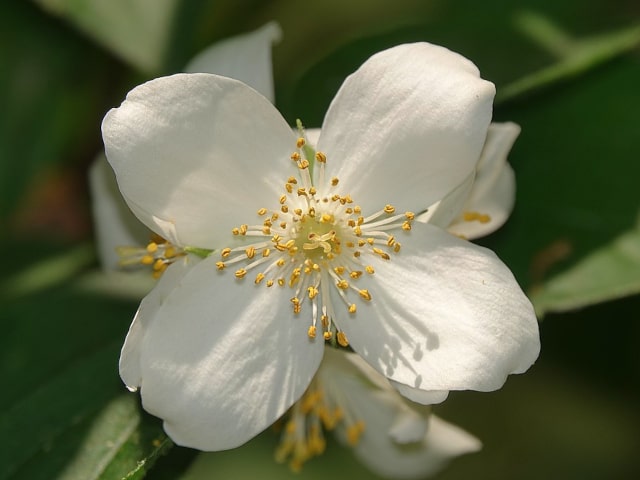
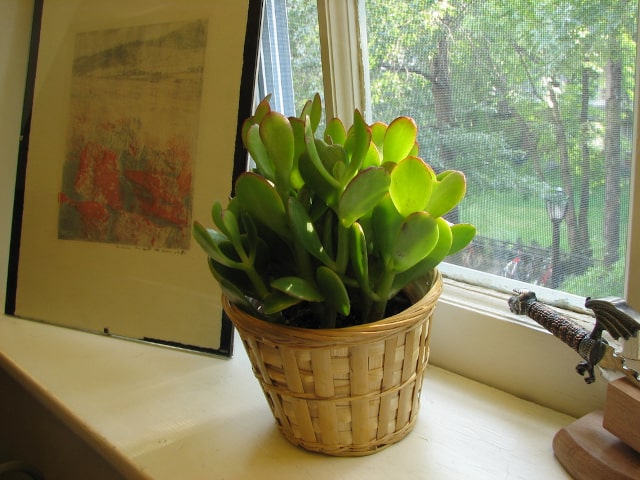
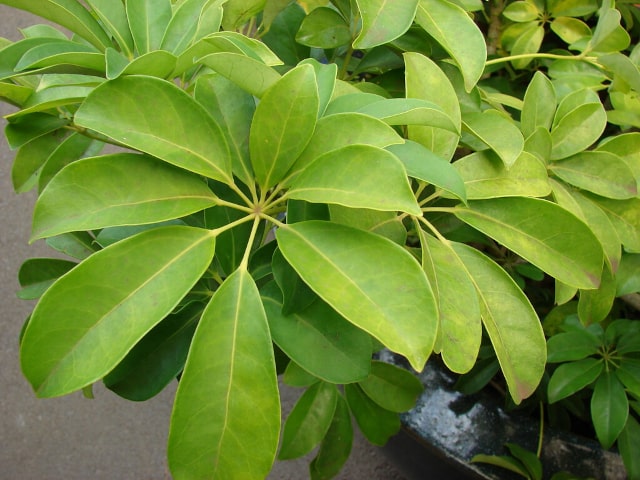
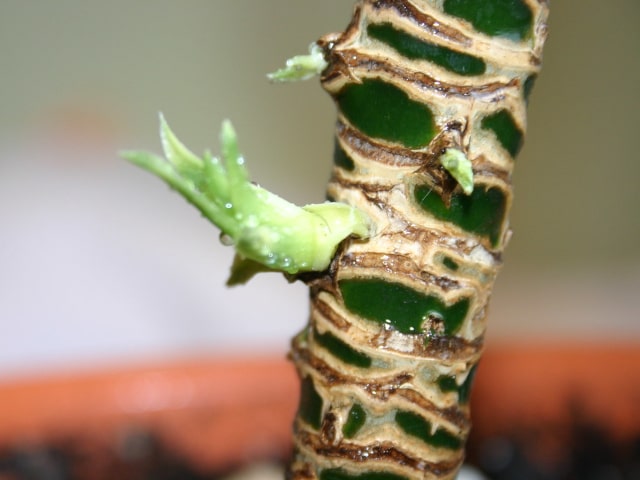
15 Comments
Just got this plant for Thanksgiving it is beautiful green but how can I get it to bloom?
I love all plants but my favorite babies are my Zygocactis Christmas Cactus and my Hibiscus plants. They have gotten big so I put them in plastic pots so I could lift them easier. But now I am considering putting them back in the clay pots because the clay lets them dry out better. The plastic seems to stay wet too long. Am I wrong? Can you give me some advise? I don't want my plants getting root rot. Thank you for this great site.
I have a Christmas Cactus that's about 15 years old - it's become very large, and the blooms are less each year.
Should I cut up the plant, separate the roots, then repot? I am afraid that some of the plant looks like it's close to dead.
My plant is about 5 years old. The pot is falling apart. Can I put it in another pot? It is getting colder here, I live in North Carolina.
I am going to be getting a Christmas Cactus and was wondering I don't have a window it can sit I'm front of. Is that going to be okay?
I have a Christmas cactus that is 60 years old. My sister-n-law gave me a piece of my mother-in-laws' cactus the year after we were married. Hers was 50 years old at the time. I have given all my children pieces of it.
I have my cactus on an enclosed porch and it has be thriving. Today I noticed that something has been eating on it. I have no inside animals so was wondering if spiders could be doing this? I do get spiders inside the porch.
Is there a spray or powder I could put on it as a deterrent?
I've only had my cactus for 2 years and remains beautiful green. I place mine in dark space for 3 weeks in November. It will bloom bout Christmas. I only water mine every 2 weeks. It lives next to the east side window. It receives light through sheers hung over the windows but not direct sun. I've had no issues. I look forward to many more years with this beautiful plant. Thanks
I have a plant that was started from a small clipping in 1969. I withhold water the month of September and bring it inside two weeks before Thanksgiving to force it to bloom by mid-December for my Garden Study Meeting. (If the weather is cold, it won't bloom naturally until late January). Two years ago it was crushed by a trunk lid in transport in the summer. I trimmed the 43" diameter plant to less than half its size and removed several large, old, hollow stems. It only had 3 or 4 blooms at Christmas and looked sad. This summer it has much new growth, and still looks very healthy, outdoors in Northern California in its 50th year. It often has a second bloom, but with considerably fewer flowers, in the spring, around Easter.
Does it require any pruning?
My Xmas cactus is now 44 yrs old and has never looked better.
I guess my 32 yr old Christmas cacti is at the end of its life cycle. I would like to note that I did mention at things opposite to your recommendations. First 10 yrs no blooms then after starting to leave the blind closed, so it got more darkness then light it bloomed. First one side of plant then the other. We water it regularly and feed it once a month. It's never been outside or put away for 30 days
But now large pieces of the stem are breaking away and I guess after all these years it's inevitable. I have tried rooting pieces but but no luck
Thank you for the information